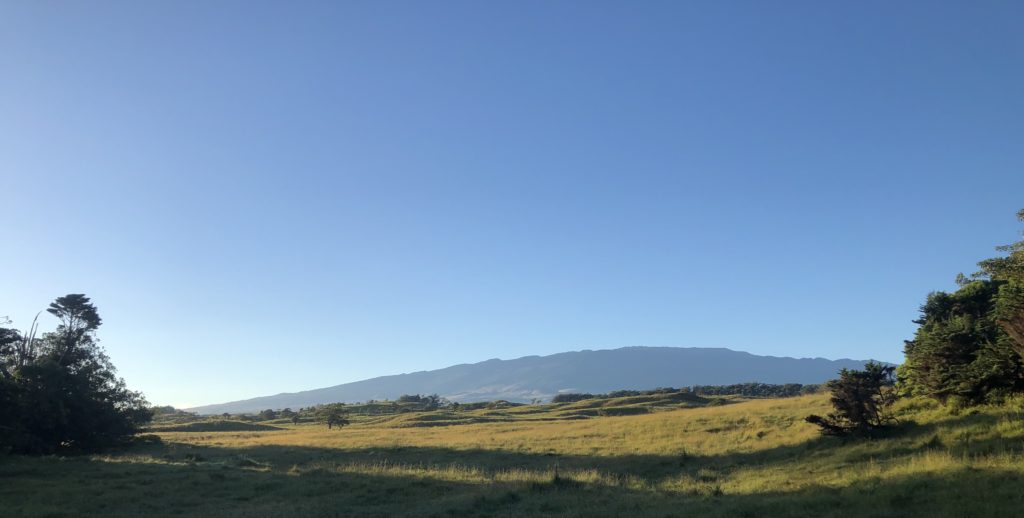It is beautiful, but it is not for everyone!
Hawaii County is a place of great beauty and vast open spaces. But it is also a place where the goals of food self-sufficiency and diversified and sustainable economic growth are taken seriously. At the moment, the County is heavily dependent on tourism, which leaves us in a precarious position when visitor numbers drop for any reason. We also import an appalling percentage of our food, which leaves us vulnerable to vagaries of labor strikes and natural disasters.

Agricultural lands receive favorable tax treatment.
First and foremost, the property taxes on land in agriculture are much lower than those on land used for residential purposes. The actual rate is higher for some agricultural land than it is for some residential land, but the assessed values to which those rates are applied results in significantly lower taxes. Grazing land, in particular, is assessed at about $10,000/acre for non-dedicated land, and is currently taxed at $9.35/$1000. Homeowner rates are currently $6.15/$1000 of assessed value, but the land and improvements are assessed at market value. Also, those low homeowner rates apply only to primary residences, not to second homes or homes held for income or investment. Rates are available here: http://www.hawaiipropertytax.com/tax_rates.html
So what constitutes an agricultural use, and where is County land use policy headed?
You can access a handy chart showing the permissible uses of land zoned in various ways here: http://www.hiplanningdept.com/wp-content/uploads/2017/09/Permitted-Uses-Table-091917.pdf
Some of the uses listed in the chart don’t do much to increase food production. There is obvious value in keeping land in agricultural use, in the sense that it is much easier to later convert open land to food production than it is to restore land that has been used for residential, commercial or industrial purposes so that it can be safely used for such production. But given the growing emphasis the State is placing on a diversified economy and food self-sufficiency, it is reasonable to expect increasing restrictions on use of agriculturally productive land for purposes other than food production and commercial agriculture. The days during which a developer could easily purchase a pasture, get it rezoned and subdivided, and build and sell houses, are gone.
Current restrictions on use of agriculturally zoned land.
Even now, the number of dwellings, and the type of occupants of dwellings, are restricted on some agricultural lands. Some lands are governed by the State Land Use Commission, and lands classified as less productive are subject to County regulation. This is a huge topic, and while I could post links to every source that would need to be consulted in order to make a determination as to the governing body and restrictions on a given parcel, I instead advise anyone considering a purchase of agriculturally zoned land in Hawaii County to consult with the Hawaii County Planning Department. Have the TMK of the parcel you are considering, and a planner should be able to outline for you all of the permitted and prohibited uses for that land. See also http://livinginwaimea.com/2019/03/29/kohala-ranch-property-taxes/
Don’t plan on paying for your agricultural land purchase by selling agricultural goods!
If you want to make a profit on agriculture in Hawaii, your options are even more limited. Some crops do reasonably well in some years, but given the cost of land, it is very difficult to thrive as a farmer or rancher in Hawaii, year in and year out. Nonetheless, there are quite a few ranchers and farmers here. Why? Because even though it is very hard work, it is also endlessly interesting and occasionally very rewarding!